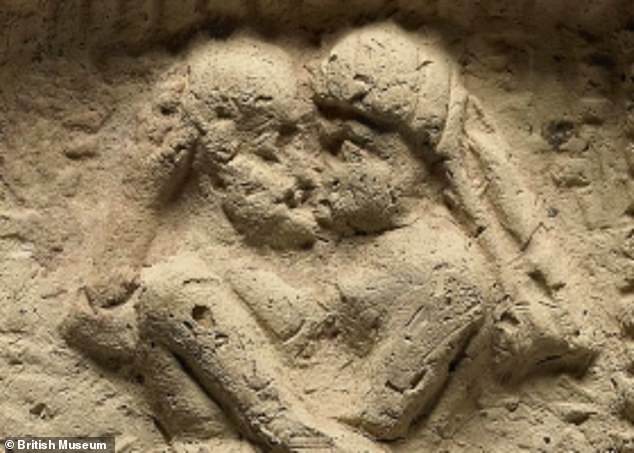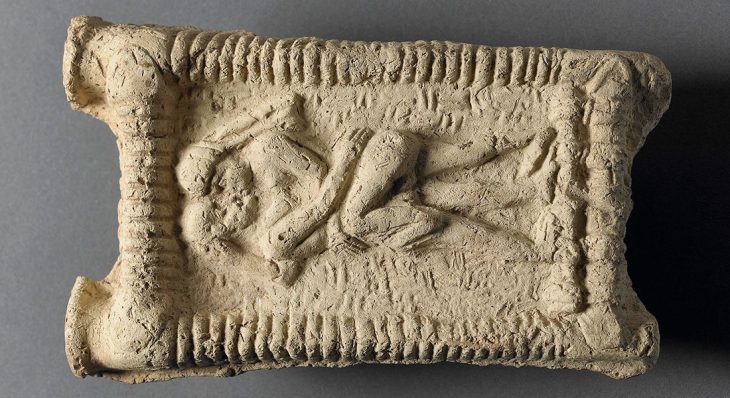The University of Copenhagen, through meticulous research, has uncovered fascinating insights into the origins of kissing, pushing back its earliest recorded instance by 1,000 years to around 4,500 years ago in the ancient Middle East. This revelation challenges previous assumptions and provides a deeper understanding of the widespread nature of this intimate gesture across diverse cultures.
The findings, published in the journal Science, suggest that kissing was a common practice among the earliest Mesopotamian societies, contrary to the notion that it originated from a specific region such as South Asia 3,500 years ago. Dr. Troels Pank Arbøll, an expert on the history of medicine in Mesopotamia at the University of Copenhagen, explains that ancient texts and artifacts from Mesopotamia reveal clear examples of kissing as a form of romantic intimacy, friendship, and familial relations.

This discovery implies that kissing was not confined to a single culture but rather transcended geographical and cultural boundaries, echoing similar behaviors observed in our closest living relatives, bonobos, and chimpanzees. These findings underscore the fundamental nature of kissing as a universal human behavior, contributing to its prevalence across various societies throughout history.
However, the researchers also note a potential unintended consequence of kissing – the transmission of viruses such as herpes simplex virus 1 (HSV-1). Dr. Arbøll highlights ancient medical texts from Mesopotamia that describe a disease with symptoms resembling those of HSV-1, suggesting a historical link between kissing and the spread of viral infections.
Dr. Sophie Lund Rasmussen of the University of Oxford emphasizes the need for an interdisciplinary approach in understanding the historical and social implications of kissing, particularly regarding disease transmission. As modern-day viruses spread through kissing were present in ancient times, further research incorporating ancient DNA analysis could unveil additional insights into early disease transmission dynamics.
Source: University of Copenhagen
